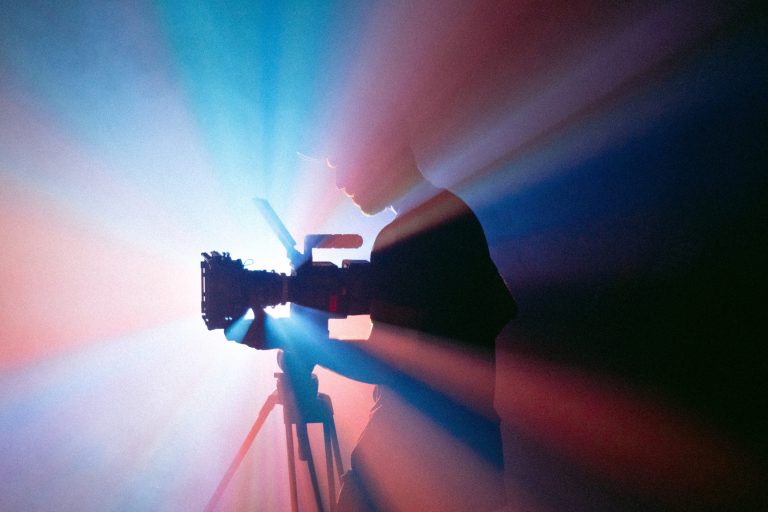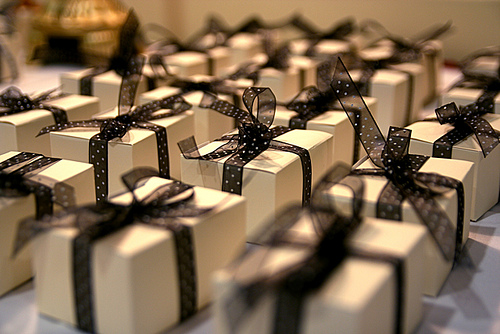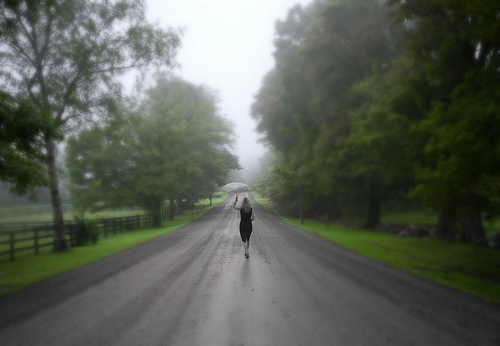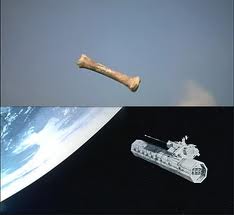Establishing Shots That Reveal Character
Last week I began discussing Establishing Shots used in movies and how they help make clear in just a few moments where the scene is taking place. So many scenes in novels jump into the narrative or dialog without establishing the setting, and so being mindful to start with some sort of Establishing Shot at the beginning, or at least near the beginning of each scene (unless it’s evident, as in the case of a continuation of the prior scene) is important in order not to confuse your readers.
But what if you want to be vague on purpose?
When You Want to Be Vague
Ever seen a horror movie in which a scene starts and all you see is a dark figure or a gloved hand turning a knob? Perhaps the scene goes on a few minutes as the seedy-looking character ambles down an obscured hallway, and you have no clue who or where he is. No doubt, the writer intended you to be kept (literally) in the dark. That’s in keeping with the genre and the writer’s intention. And you may have scenes in your novel in which you want to accomplish the same thing. So then, leave out an Establishing Shot, if that’s your aim. Or keep it vague on purpose.
But if it’s not your intention to be vague or confusing, think twice about starting a scene with pages of dialog between characters without setting up where and when they are. At some point the reader will scratch her head, flip pages, and try to figure out just where these people are. And that’s not a good thing.
Remember, a novel is not a visual experience unless you make it one. Unlike a movie, you could spend three hundred pages solely inside a character’s head without ever showing his world. In fact, your character could be blind, and if you are an exceptionally adept writer, you could write a riveting book without ever “showing” anything visual and relying on thought and other senses to carry the plot and tell your story (there’s a challenge for you). The visuals, then, are the writer’s responsibility, and they must be specifically chosen for effect.
Filter It through Your Character
Every scene in a movie, however, is seen, and so the screenwriter must choose what the viewer will see and from what angle. And unless the director is using the camera angle POV (more on that in later posts), what is seen is a bit detached from the main character in the scene. However, with novels, you always want to try to show a scene through the POV character’s eyes and colored by her emotions, state of mind, and way of thinking.
An Establishing Shot is a great place to immediately plunge the reader into your character’s frame of mind, and a perfect example of a powerful Establishing Shot in a novel is this one from John Le Carré’s The Constant Gardener.
Le Carré does a terrific job coloring this shot with the use of appropriate adjectives and his choice of words. Keep in mind that his protagonist, Justin Quayle, is (literally) on a dangerous journey trying to discover the details of his wife’s death, which he suspects will turn out to be a murder. The Establishing Shot reflects Justin’s state of mind and it nicely sets the mood for the scene unfolding. It’s clear every word was chosen carefully. If you think writing a paragraph or two introducing the setting and time of your scene can only be boring, think again.
The mountain stood black against the darkening sky, and the sky was a mess of racing cloud, perverse island winds and February rain. The snake road was strewn with pebbles and red mud from the sodden hillside. Sometimes it became a tunnel of overhanging pine branches and sometimes it was a precipice with a free fall to the steaming Mediterranean a thousand feet below. He would make a turn and for no reason the sea would rise in a wall in front of him, only to fall back into the abyss as he made another. But no matter how many times he turned, the rain came straight at him, and when it struck the windscreen he felt the jeep wince under him like an old horse no longer fit for heavy pulling.
Look at some of the words he uses: black, darkening (his quest to find answers is getting that way), perverse (that too), winds, rain, snake, sodden, tunnel, precipice . . . I don’t need to go on—you get the point. The Establishing Shot in this scene was no doubt chosen to work as a metaphor, as the reader has been watching Justin Quayle going through a similar emotional roller coaster, rising and falling into an abyss, turning one way then another, but getting nowhere fast. His task to find answers feels like he’s prodding “an old horse no longer fit for heavy pulling.” And the weight he is carrying is heavy. Powerful, right?
That’s all Le Carré needs to start the scene, and from there we move on to other camera shots revealing important plot points leading to a high moment in his scene. I won’t tell you what that is; you can read it for yourself, and I hope you do. Few writers handle words as masterfully and deliberately as does Le Carré, and he’s a great author to study for cinematic structure.
This week, pull out a scene or two in your current WIP. Do you open with a brief Establishing Shot? If not, can you put one in? Think about how to write the opening so that it reflects the mind-set for your POV character. Can you think of key words to use that will act as motifs or symbols reflecting the overarching themes and plots? See if you can find a great Establishing Shot in a novel and highlight key words that reveal something about the character. Share it with us in the comments!












Miss Lakin:
I seem to learn something every time I read one of your post. I do try to set the scene every time I write, however it does become a chore sometimes. My style, it seems may be too blunt. Most detective stories are. I do see a way to introduce sight, smell and color into my work as you have so aptly described. Thank you for the effort.
Sincerely,
James M. Copeland
Very good points. I learned something.
Wow, we were just talking about this last night in my writer’s group. There are certain scenes in my ms that need more of this kind of metaphoric language.
Thank you so much for showing us how to do this.
Thanks, Sherrie, glad this helps. We’ll be covering a ton of great shots and other cinematic techniques throughout the year so keep reading!
It’s a pity you don’t have a donate button! I’d definitely donate to this brilliant blog! I suppose for now i’ll settle for book-marking and
adding your RSS feed to my Google account. I look forward to new updates and will share this site with my
Facebook group. Chat soon!
Greetings from Florida! I’m bored at work so I decided to check out your site on my iphone during lunch break. I love the knowledge you present here and can’t wait to take a look
when I get home. I’m shocked at how fast your blog loaded on my mobile .. I’m not even using
WIFI, just 3G .. Anyways, awesome blog!
You can “donate” by telling your friends about my blog and buying all my novels lol!
I’ve been devouring your newsletter, and it seems like the more I read, the more I miss, as I always discover something new! Thank you so much for sharing your excellent ideas on writing 🙂